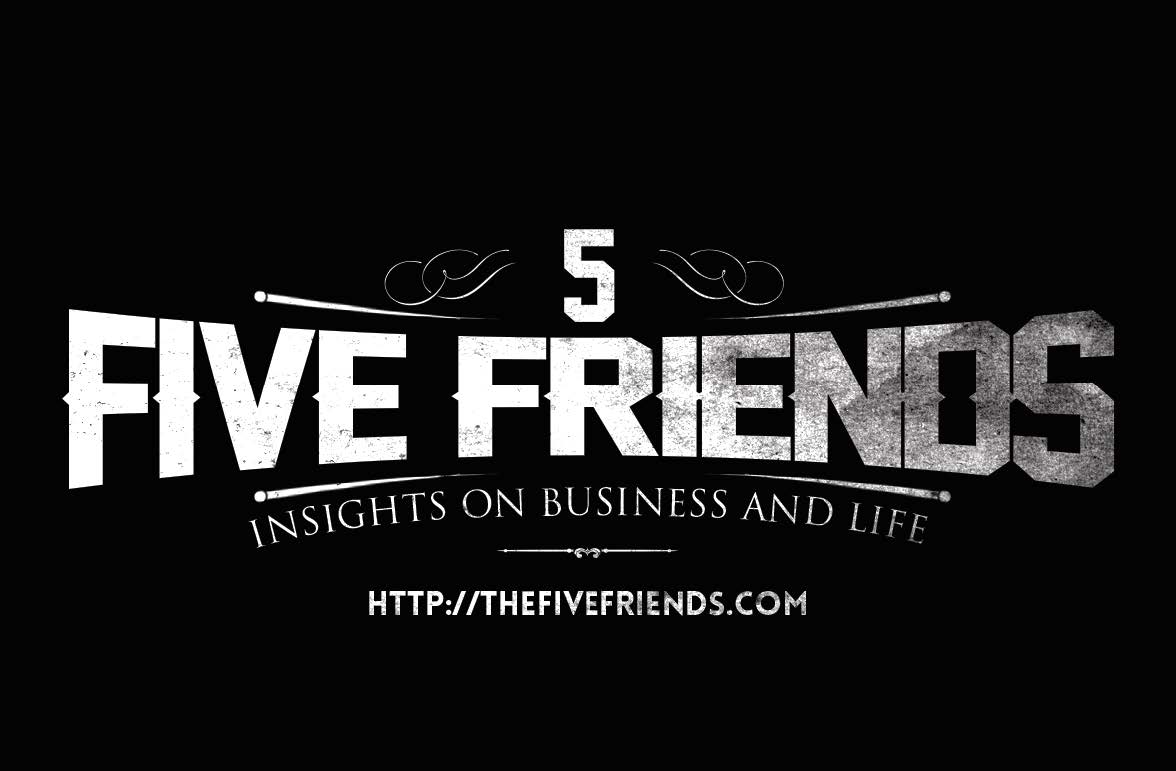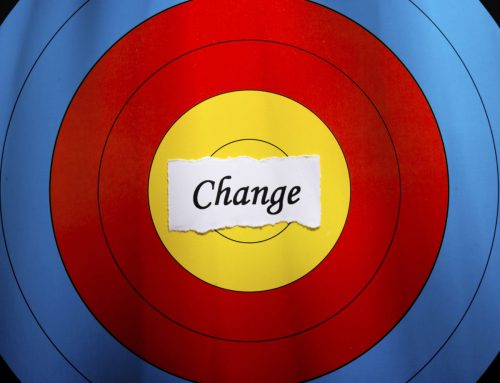From Scott McKain:
My buddy, former Vietnam POW Charlie Plumb, called me last week. “Since you’re in town, why don’t you come over for dinner? My friend Dick, you and I can grab something.” Sounded like a plan!
Imagine my surprise to arrive at Charlie’s house to discover his friend is Dick Rutan – the aviation legend who flew around the world, non-stop, without refueling. His plane hangs in the Smithsonian.
“Did you enjoy the feat while it was happening?” I asked.
“I was afraid every moment – I honestly thought I was going to die,” he responded.
“If you were convinced you were going to be killed…why did you forge ahead?”
He replied, “As a leader, for me to have to face those who followed and say, ‘I quit,’ was an option worse than death. I couldn’t stand to think for the rest of my life I would look in the mirror and shave the face of a leader who quit on his team.”
Unfortunately, a trend I see is “leader as celebrity.”
Many see the “rock star” corporate leader and desire that fame…but won’t consider the commitment associated with it.
Real leaders understand their enormous responsibility to their followers – just like Dick Rutan.
Scott McKain teaches how organizations and individual professionals can create distinction in their marketplace, and deliver the “Ultimate Customer Experience ®.” For more information, visit www.ScottMcKain.com.
From Randy Pennington: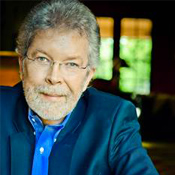
Leadership hasn’t changed. It is and has always been about influencing people to do something because they want to do it.
Sorry. “Cutting edge” ideas like communicating the why; building trust; engagement, and building culture have existed forever.
King Solomon taught the importance of focus and understanding the why: “Where there is no vision, the people perish.”
Napoleon gave advice on building engagement: “A leader is a dealer in hope.”
The idea of treating people with respect isn’t new. Dwight Eisenhower said, “You do not lead by hitting people over the head—that’s assault, not leadership.”
The ancient Chinese philosopher Lao Tzu taught that the best leaders walk beside those they serve. And, the early legends of American business—such as Harley Procter of Procter & Gamble, Thomas Watson of IBM, and James Cash Penney of JCPenney—believed that success ultimately depends on a strong culture.
Three things are changing: follower expectations for involvement and connection; the absence of a common set of values; and the complexities of operating in a 24-7, global marketplace. Leaders must be more intentional and creative than ever about fulfilling their responsibility. The “how” evolves, but the job of leadership never changes.
Randy Pennington helps leaders deliver positive results in a world of accelerating change and disruption. He is an award-winning author, speaker, and consultant. To find out more, go to www.penningtongroup.com.
From Larry Winget: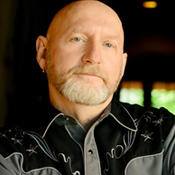
I am a political junkie. I watch everything about the declared and still-undeclared candidates. As I watch the responses to the overly-abundant crop of Presidential wannabes, it’s been interesting to see what resonates with people. Trump, Christie, Jeb, Walker, Perry, Rubio and Hillary are candidates that speak to what we are looking for or looking to avoid in our leaders. Boldness, straight-talk, same ol’ same ol’, unafraid, old school values, fresh new ideas, and trustworthiness are words being used to describe these candidates (same order btw). I believe the new trends in leadership are going to be based on this list of descriptions. Too bad that many of these words have gotten to the point of being called “new” and might create a leadership trend (which speaks volumes to how low we have sunk.) All too often our leaders have none of these qualities or only a few. Too bad we can’t play Mr. Potato Head and create the perfect leader. Instead, we can only try to emulate these qualities in our own lives. Followers/employees/voters/constituents want a trustworthy, straight-talking, bold, unafraid leader with old-school values and fresh ideas. We want this from both our political and our business leaders.
Larry Winget, the Pitbull of Personal Development©, is a six-time NYT/WSJ bestselling author, social commentator and appears regularly on many national television news shows. To find out more, go to www.LarryWinget.com.
From Joe Calloway: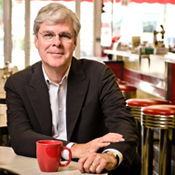
I saw continuing evidence of a trend in leadership this week with one of my clients. Joseph Choi is a new franchisee for Shelf Genie. As he built his business his strategy was to focus on one thing: culture. Joseph believed that if you build the right culture, that everything else will fall into place.
Shelf Genie executives say that Joseph’s business is off to a record start and they credit his success to the incredible culture he has built.
From large companies like Tractor Supply Company to smaller businesses like my buddy Marty Grunder’s landscaping company, the evidence is clear. If leaders create the right culture by design and with intention, success is sure. Without the right culture, it’s almost impossible to succeed.
What used to be considered the “soft stuff” is now being correctly recognized by effective business leaders as the “main stuff.”
“Engaging the hearts, minds, and hands of talent is the most sustainable source of competitive advantage.” – Greg Harris – Quantum Workplace
“No company, small or large, can win over the long run without energized employees who believe in the mission.” – Jack Welch
“To make customers happy, we have to make sure our employees are happy first.” – Zappos
Joe Calloway helps great companies get even better. www.JoeCalloway.com
From Mark Sanborn: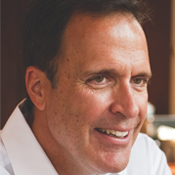
“I can now say without hyperbole that leadership is dead.”
Warren Bennis said that…in 1999. He then went on to write more books and articles about leadership.
Leadership is not dead, but followership might be. The biggest trend in leadership I see is the change in how those we lead view themselves.
Increasingly many view the concept of a single leader skeptically. They know someone may be charged with leading— a department, project, process or organization—but they know things of complexity and magnitude take lots of leadership from many involved to achieve success.
So leaders shouldn’t think of those they lead as “followers” because those they lead don’t think or act that way. Especially among younger employers, “follower” seems too subservient, just as nobody in customer service wants to be thought of as a “sevant.” They consider themselves “contributors,” “team members” and “colleagues.”
Words matter and in this case reveal the leader’s orientation. As a formal leader, I prefer to lead a team of contributors where everyone knows their role and when it is appropriate for him or her to lead.
Leaders still need to lead, but the followers of old now need to do more than follow.
Mark Sanborn is president of Sanborn & Associates, Inc., an idea studio for leadership development. He is an award-winning speaker bestselling author of books including, The Fred Factor. For more information and free resources, visit www.marksanborn.com.

